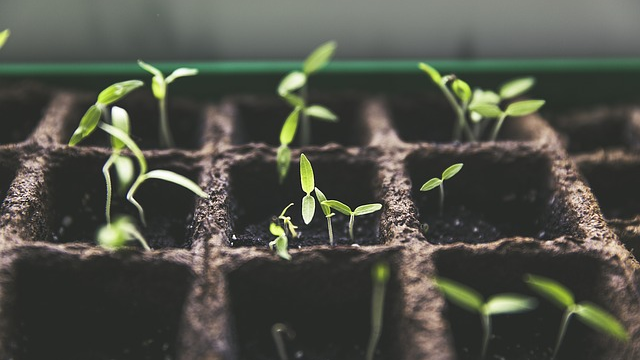
Flowering time is normally conditioned by environmental factors. A new study focused on the factors that induce flowering, as well as those who prevent premature flowering.
UV-B is essential
The plant used for the research was Arabidopsis thaliana (thale cress), and the aim of the study was to understand flowering mechanisms. UV-B, an important component of sunlight, proved to play an important role in the flowering process.
“Most of the research has been carried out in growth chambers, where the artificial light does not include UV-B, even though it is an intrinsic part of sunlight. We thus included this type of radiation, since plants possess UV-B receptors,” explained one of the scientists. Researchers discovered that UV-B can be used to induce flowering during the year.“ However, their effect is blocked during short days by a protein called RUP2,” explains Adriana Arongaus, first author of the study.
RUP2 represses flowering
While it was discovered that UV-B can stimulate flowering, it appears that the RUP2 has the opposite effect. “Regardless of the season, UV-B can stimulate the production of a flowering hormone, the FT protein, which migrates into the meristem — the tissue that ensures the plant’s growth — and reprograms it to enter the flowering phase. RUP2, in turn, indirectly inhibits the production of this hormone, and thus represses flowering” added one of the biologists.
Nonetheless, researchers still have to analyze the role of UV-B when it comes to other plants. “We would now like to know if this role of UV-B exists and is important in other plants, and why it has been repressed by RUP2 during evolution in Arabidopsis,” explained Roman Ulm. Since there is a UV-B receptor that also plays an important part in the development of the plant, scientists have to discover all the functions of this receptor.
Juana loves to cover the tech and gaming industry, she always stays on the first row of CES conference and reports live from there.






